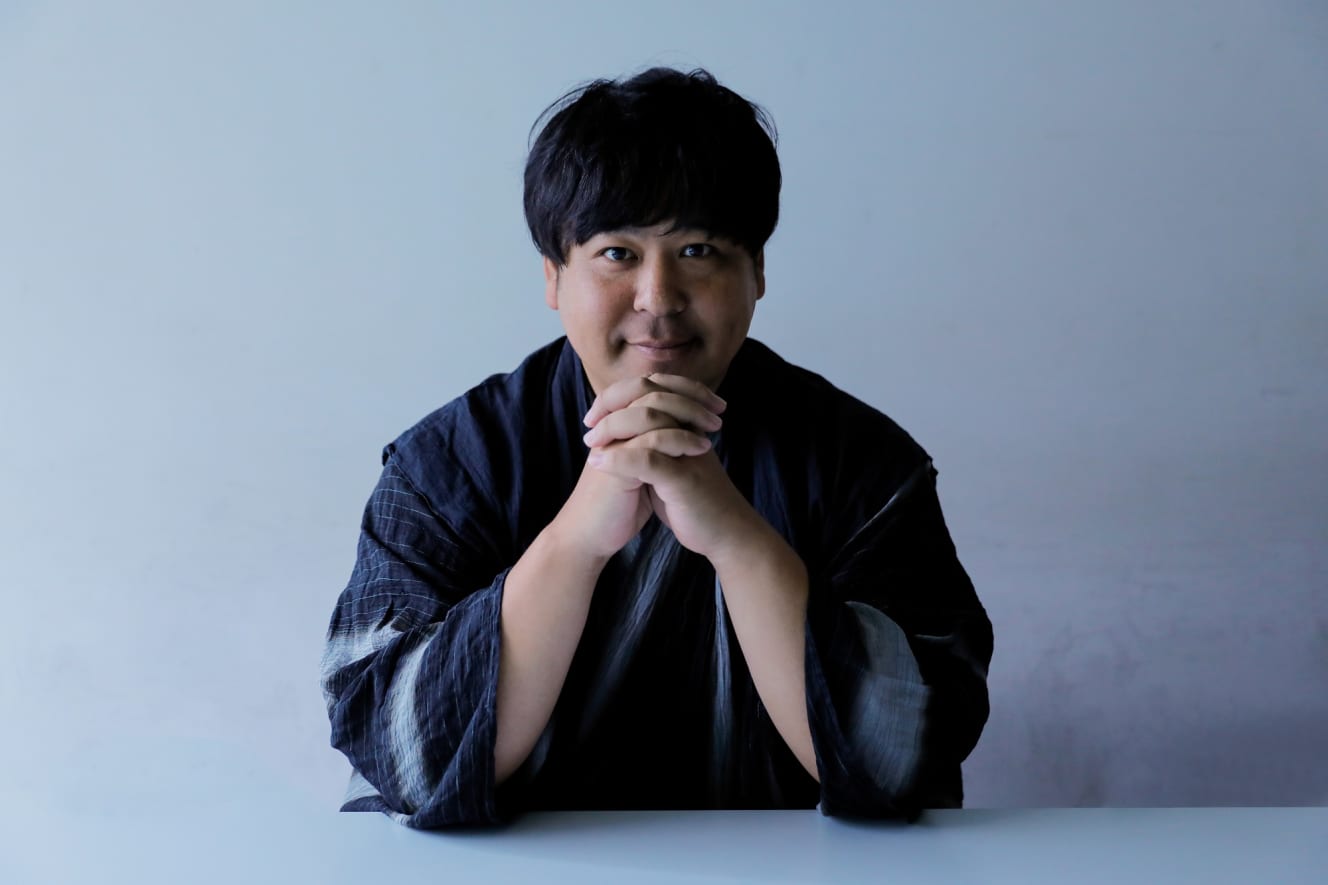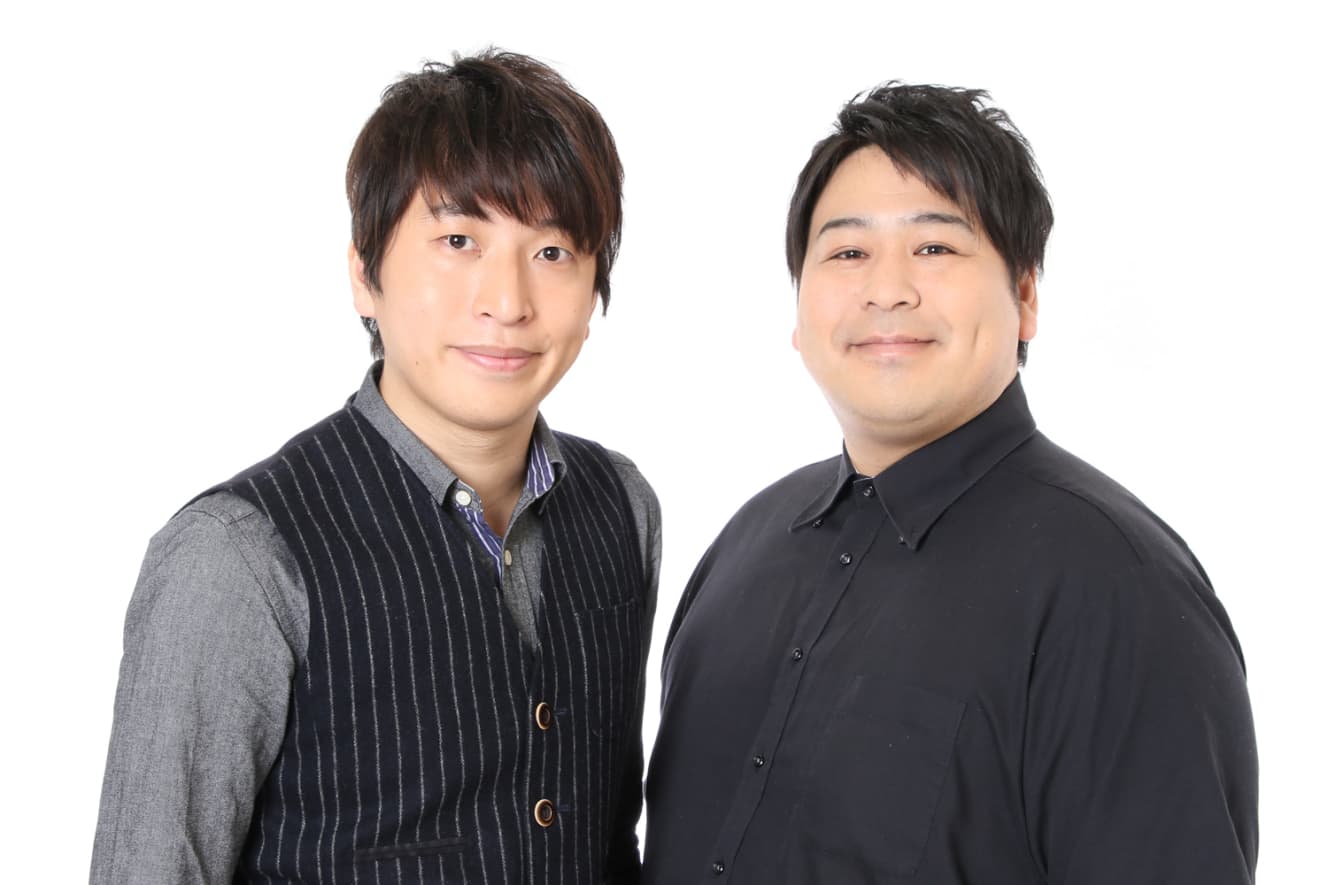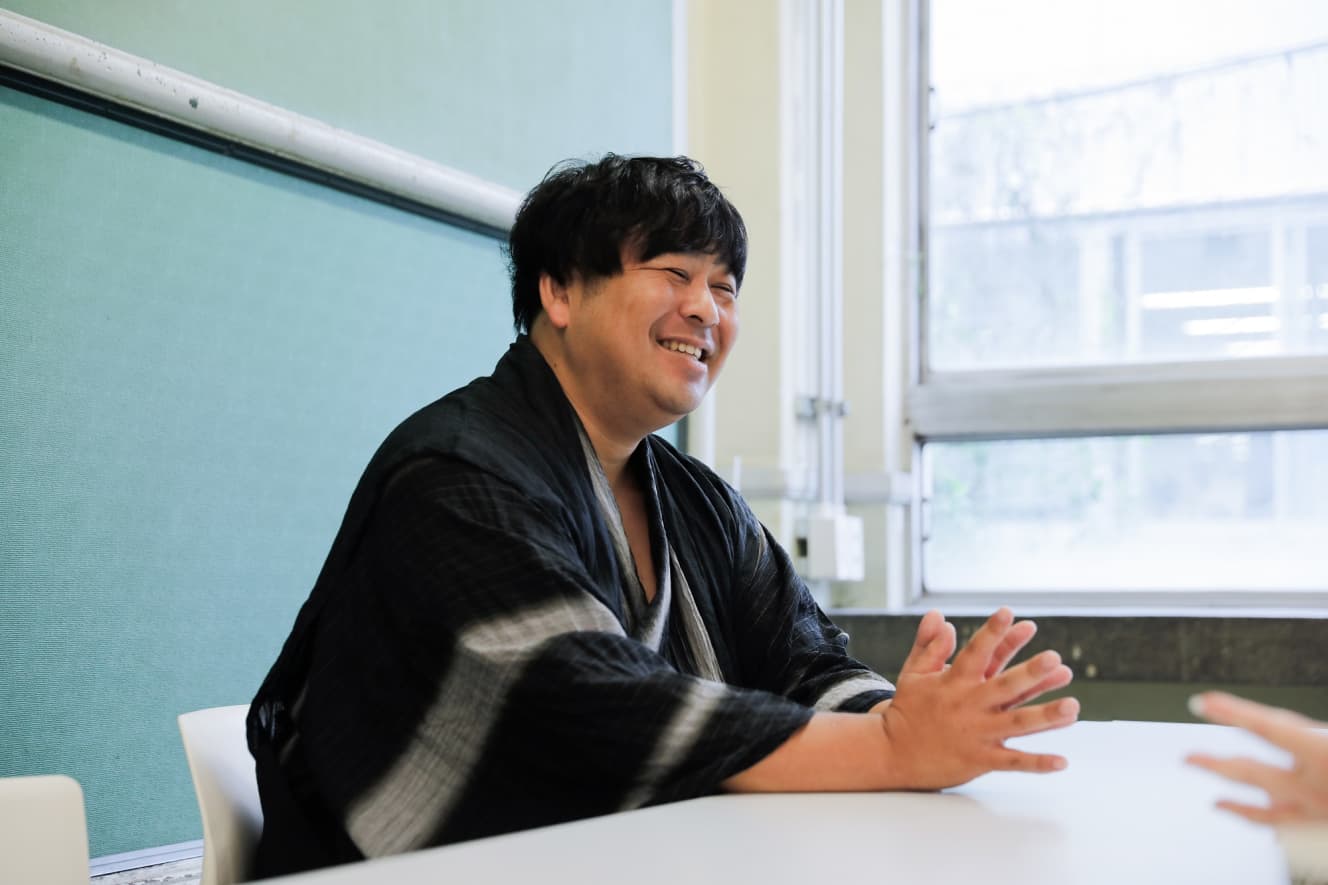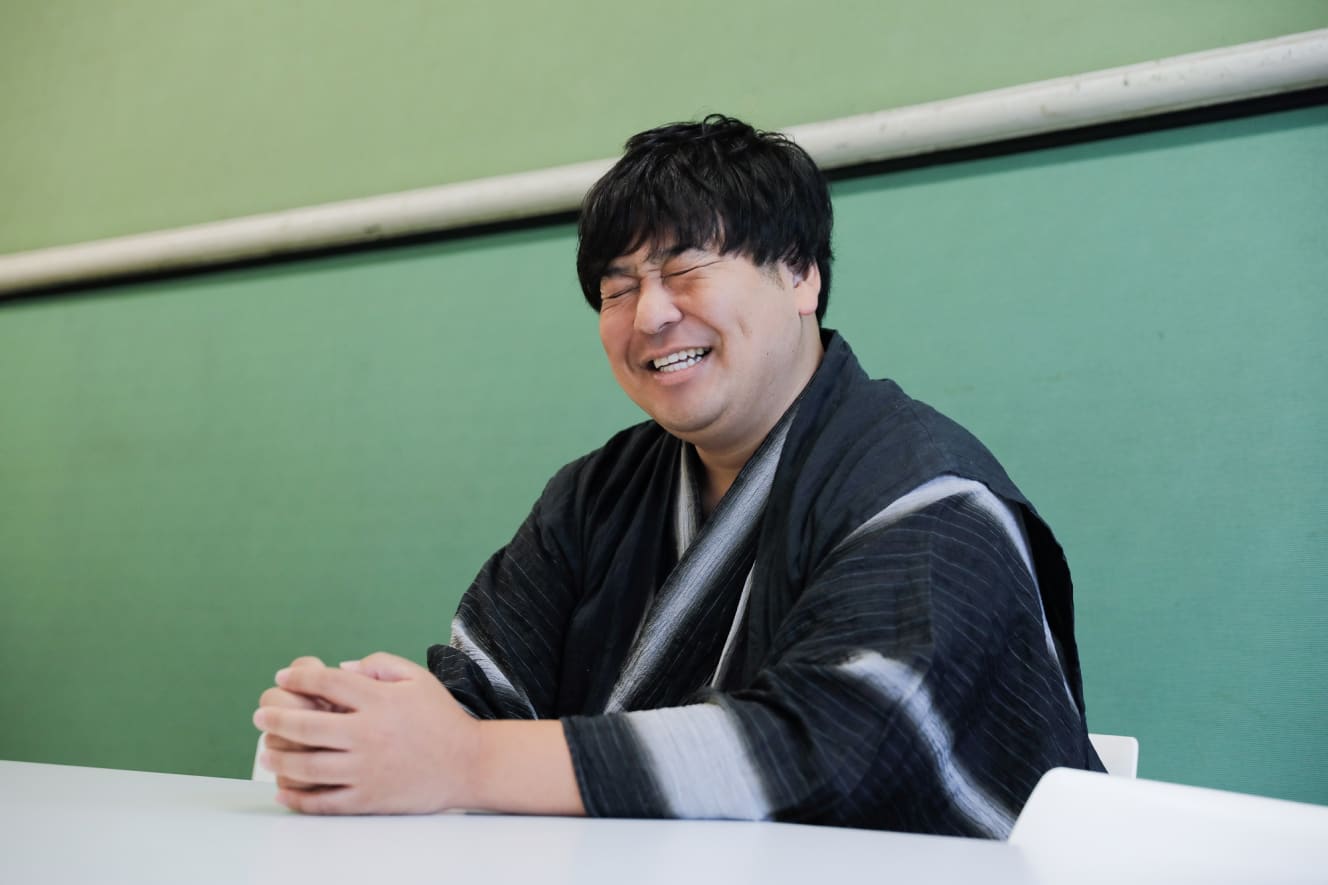Are Scary and Gloomy Old Fashioned Anymore? Ghost Storyteller Ami on the Frontlines of the “Ghost Story Boom
Why is there a ghost story boom right now? What is the answer from a young hope?

For the umpteenth time, the ghost story boom is here. Since Corona, urban legends and ghost story channels have grown rapidly on YouTube. Along with this boom, new ghost storytellers have sprung up one after another, and live ghost storytelling performances of various sizes are being held somewhere in Japan on a weekly basis.
In the film industry, “Accidental Property: Scary Floor Plan,” based on the best-selling nonfiction book “Accidental Property Ghost Stories: Horrible Floor Plans” by accidental property comedian Tanisi Matsubara, has become a huge hit. In the TV world, where compliance is said to be strict, “Hatsumimi Kaidan FIRST TAKE” (TVO), which specializes in ghost stories, urban legends, and other mysterious tales, started last year.
To learn more about the quiet excitement in the world of ghost stories, we interviewed a young ghost storyteller who can be considered the hope of the ghost storytelling industry.
The ghost story telling world has grown rapidly with Corona, but…

I sometimes hear people think that ghost stories have boomed thanks to Corona, but my impression is that they have stalled because of Corona.
Says “Thank you, Ami,” a member of Yoshimoto Kogyo who also performs as “Ami the Ghost Storyteller. She has been hooked on ghost stories since she was in the early grades of elementary school, and by the time she graduated from high school, she had started telling stories at sleepovers and other events. After graduating from high school, she worked as a caregiver at a nursing home while enrolling in Tokyo NSC. When he made his debut as a comedian, he immediately started telling ghost stories in his live performances.
Since his first TV appearance in 2010, he has been holding live ghost story tours, writing numerous books on ghost stories, and telling ghost stories on YouTube and other media.

In 2010, I appeared on “Mystery Detectives” (TV Asahi), which led to an increase in my ghost story telling activities, but back then, only writers of ghost story books, TV personalities, and others who specialized in ghost stories told ghost stories in public. I wanted to change that, so I started to lead ghost story live performances.
Defining his own ghost stories as “fast ghost stories” born from an extension of his boyhood sleepovers, he decided to broaden the scope of the ghost story telling world by taking a different approach from that of Junji Inagawa, whom he admires. His first ghost story live performance was held at a live house with a maximum capacity of 70 people, but he quickly jumped up to “O-EAST,” which can accommodate up to 1,300 people in a standing room.
In 2014, I lowered the bar to welcome people who are not full-time ghost storytellers, and started a live show called ‘Thank you, Aami’s Shibuya Ghost Story Night Party. Instead of telling ghost stories in a scary atmosphere, I told them as if I was telling a small talk. I did that, and many idols, models, and others said, “I want to be in the show! This year is the ninth time we have held the event. This year will be the ninth time we’ve held this event, and thankfully the tickets sell out every year.

Ami has been steadily spreading the idea that people other than ghost story writers and ghost story performers are free to tell ghost stories in public. In addition, Tanishi Matsubara and his colleagues have launched an award-winning race, which has steadily expanded the scope of the ghost story telling world.
It was about five or six years ago that I began to feel that more and more people who are not full-time ghost storytellers were getting opportunities to appear on the stage,” he said. Personally, I hope that our efforts had an impact. However, a lot of things that we had been thinking about before Corona stopped at Corona. Had it not been for that, I think we would have grown more.”
What is the appeal of Ami the Ghost Storyteller?
While lowering the bar for ghost stories to make it easier for anyone to participate is a major achievement, the effort that has gone into telling ghost stories for more than 10 years is also extraordinary. She says that she receives many ghost stories on a daily basis.
Since I started working in the media, people have been asking me to tell them ghost stories that I have,” he says. There were even people who waited for me at gigs and on tours to tell me ghost stories. Also, I receive some kind of ghost story every day on the e-mail form on the official site. Basically, I will do phone interviews, but for those who are in the vicinity, I sometimes meet them in person and ask them to tell me their story or take me to the site where they actually had a scary experience.
I don’t transcribe the stories I hear, but memorize them in pictures. I am asked to walk with them through the scene, standing in the shoes of the experiencer and imagining in my mind where they experienced the strange phenomenon and what they were doing, though in a pseudo-story. So, if I can be taken to the site, I can save myself from asking detailed questions and imagining things, which is a huge help (laughs).”
I take the stories given to me by the experiencers as my own and imprint the details in my mind. Because he compiles them in his mind before telling the story, the listener naturally feels the depth of the story. Because he handles each ghost story with care, there is no end to the number of people who offer their ghost stories.
In a world where anyone can tell a ghost story

The activities of those who are not full-time performers are remarkable, says Ami.
There is a person named DJ Hibiki, who is like a partner with me all the time,” she says. Originally, he was a world-renowned DJ, and in private, he asked his friends who like ghost stories to come to his house, and he would tell ghost stories at sleepovers. So I said, ‘Let’s go out (on stage)! and I pulled him out into the public eye. Then, little by little, he started telling ghost stories, and before I knew it, he had won the “Junji Inagawa’s Ghost Story Grand Prix” (Kansai Television) last year (laughs).
(Laughs.) There are countless other young storytellers of note, such as Yasuyoshi and Furaibo Iyama, both of whom are affiliated with Yoshimoto Kogyo.
I personally think that the atmosphere is becoming more comfortable for people to openly declare their love of ghost stories. If the bar is lowered so that anyone can participate, and if it is expanded as a pop culture, it will be easier for people to say, ‘Actually, I’ve had a scary experience. Then more ghost stories will be heard. Make ghost stories more pop and more accessible. We have been working on a strategy for this since before Corona, and I hope you will pay attention to it.
Interview and text by: Motoko Abekawa
Motoko Abegawa is a freelance writer mainly for the web. She is also involved in the production of books and corporate PR magazines. She does not specialize in any particular field, but covers a wide range of topics that intrigue her, including history, comedy, health, beauty, travel, gourmet food, and nursing care.
Photography: Shiori Bansho